All You Need to Know About Tokyo Public School PTAs
Parent Teacher Associations and their activities help bring school communities together and, as my local one did for me, can provide you with a safe place to test your skills. Here’s an outline of how PTAs generally work at public schools in Tokyo and how you can take part in them.
Just under four years ago, shortly before my elder daughter was due to enter our local public elementary school in Toshima ward, the mother of one of her kindergarten friends asked me to join her on the PTA executive committee there. She was a member because her elder child was already at the school. My initial response was that as a foreigner surely I wouldn’t be capable of it, but because she was confident I could do the job, I eventually decided it would be a great opportunity to test my Japanese language skills before rejoining the workforce, and to explore what else I was capable of. Indeed, the experience fulfilled both of those goals and was enjoyable and rewarding.
Despite a common basic structure, probably no two PTAs operate exactly the same. One truth shared by all public school PTAs, whether they be at elementary or junior high schools, is that membership is voluntary. It may not feel that way, however, possibly due to the strong sway obligation has over the Japanese psyche, and sometimes due to an overbearing PTA executive body. Membership comes at a cost—in yen terms about ¥350 a month per household, and in terms of participation, some degree of time and effort. It is generally the latter that triggers a negative response from parents, many of whom these days are in double-income families with probably less spare time than parents typically had back in the post-World War II era when Japan’s PTA system was established. Because all parents are protective of their free time, there is a natural common goal to get PTA tasks done quickly and efficiently.
Each school has its own PTA that is run by an executive committee of parents. The education boards of the various wards oversee these committees. The committees will help organize and advise the different functional sections of the PTA. There are usually five sections, but this can vary according to each school and ward. Most parents’ participation in PTAs will be via these sections.
Probably the most popular section is the gakunen gakkyu-bu (which literally translates as school year, school class division), or the class representatives section. Two volunteers will likely be sought from among each class’s parents. The class representatives at my daughter’s school create a list of the class’s home phone or contact numbers and lead parents in operating each grade’s stall at the summer festival. They also organize an event held once a year within school hours aimed at helping parents and the class get to know each other better. Last year my daughter’s grade played parents-versus-children dodgeball. We had a blast. The close proximity to your own child’s teacher and class may be what makes this job popular. The benefits to the children that other PTA roles create are less directly visible.
Also relatively popular is the kougai shidou-bu (literally the outside school instruction section). One representative from each class will likely be sought for this section and they may supervise bicycle parking around the school during events such as the sports festival or a PTA summer festival. They may also participate in safety patrols and in maintenance of the local Kodomo 110 safe house network. This section’s popularity seems to arise from a reputation for having a low workload, but that will vary according to the activities undertaken at each school.
At my daughter’s school, this section’s workload was low because coordination of the safe houses was done at the executive committee level and because the school didn’t do safety patrols. Its members do help at the school’s annual bicycle riding safety lesson taught by local police. Foreign mothers at my daughter’s school often joined this section. The activities are probably the least language-dependent of the sections. They are also rather conducive to dragging along a younger sibling.
The kouhou-bu is literally the public relations section but is actually the PTA newsletter section. One parent from each class will help write about and take photos of school events. If you can write Japanese, consider volunteering for this section; someone will polish up your Japanese. Alternatively, find out whether you can specialize in photography.
Literally named the adult education division, the seijin kyoiku-bu actually arranges workshops—probably about two a year. These are for either parent participation or parent and child participation, either as a fun or an educational activity. At my daughter’s school this section has arranged a dodge-bee (a dodgeball type game played with a Frisbee) lesson and a cooking class. Other schools have organized parenting efficiency lessons. One representative from each class will likely be needed for this section.
The suisen-bu, or recommendation section, seeks people it can recommend to join the PTA executive committee. The workload here is considered light and can be popular for that reason, but the goal of convincing someone to join the executive committee is a difficult one. This division was apparently established to prevent overzealous executive committee members from pressuring parents to join. One representative will be needed from each class.
The parents appointed to each section will gather to choose a section head and two assistants. Although some people volunteer for these posts, they are usually filled by the drawing of lots, or a round of paper, rock, scissors. The section heads (bucho) and their assistants (fukubucho) will lead section members in completing the tasks required of them in that school year. The tasks are generally the same each year. The executive committee will help and instruct as needed. Of course these positions require more work, but that load would probably average out to about once a week, even when including an exchange of mails in the count. Some PTAs may exempt parents of first graders from becoming section leaders or assistants on the basis that they aren’t yet familiar enough with the school. In this case, first-graders’ parents will compete to win spots in each PTA division.
Another section that the PTA at your child’s school may have is the katei kyoiku suishin-bu, literally the section for promotion of home education. My daughter’s school PTA sought at least one parent from each third grade class for this job. Those representatives joined parents from other Toshima-ward schools to comprise groups that met monthly to study a particular parental education topic and then give a presentation about what they had learnt. Currently the study topic in Toshima ward is career planning for your child.
Of course the “T” in PTA stands for teacher. The school appoints each teacher as a participant in one of the sections or on the executive committee, which seeks their advice or assistance when needed. Since teachers have more important tasks to be getting on with, this is generally kept to a minimum. An exception to that may be the close contact between the lead PTA vice president and the vice principal. It is important that the school and the PTA share a similar stance on issues. Although the PTA should not kowtow to the teaching body, its goal is to improve the educational environment and welfare of students, and cooperation between the parents and teachers is probably the only way to achieve that.
The parent body should be able to ask the school about and discuss with the principal or vice principal decisions it regards as questionable. This could be done behind the scenes via the PTA president or vice president and would be the preferred approach. If parents’ dissatisfaction is still not satiated, an appropriate occasion for open discussion would be the jonin iinkai, which is a meeting of the PTA executive committee, the section heads, the vice principal, and usually also the principal, held once each term. Dissatisfaction or questions regarding PTA activities can be pursued in the same way, first behind the scenes then, if required, via the jonin-iinkai, or the PTA soukai (general meeting) held at the start and end of each school year.
Positions on a PTA executive committee require the most work. All jobs in the PTA at any level are voluntary and unpaid. The committee is made up of a president (kaicho), and then usually two (or sometimes more) people in each of the following roles: vice president, secretary, accountant and general duties. The president is more often a father than a mother, largely because the duties include meetings with local representatives and other PTA presidents that take place in the evening when the kids need to be fed and cared for. The president represents the PTA at school and local events where he may be required to make a short speech. He will also check all notices released in the PTA’s name and generally oversee the body. The president is not usually part of the regular committee meetings where the day-to-day running of the association occurs.
One of the vice presidents will be the leader in an operational sense, directing the rest of the executive committee on the tasks required to get the summer festival or the PTA general meeting organized, for example. The lead vice president fields enquiries from teachers and from parents, so consequently will probably be doing some PTA work on almost a daily basis, even if it is only to answer an email or phone call. Because this person, typically a mother, is the main conduit between the teachers and the parents, including the PTA president, hers is probably the toughest role. In paid employment terms it would probably equate to a part-time job in terms of hours, but is at least managerial level in terms of responsibility. The other vice presidents will assist the lead vice president and also help other executive committee members.
At my daughter’s school, and perhaps at most, PTA dads also take up vice president positions. They don’t attend the committee meetings but they help with events, and like all vice presidents, will fill in for the president when needed at speech-making and ceremonial events. At our school they also take on roles in the ikusei association, which—separate from the school system—organizes excursions and events for school-aged children. It is made up of representatives from the local community as well as from the local elementary and junior high school PTAs.
My daughter’s school PTA executive committee meets almost every week during semesters. At the meetings the lead vice president will allocate tasks required to stage an upcoming event and lead discussion on ways to improve completed ones, and perhaps also on any current concerns from either the teaching staff or parents. The committee was and usually is moms only, so we have coffee and munchies while we get the meeting done. The vice presidents take care to keep the tone light; if the job is not fun nobody will want to do it.
Our committee discusses a lot, so probably meets more often than other PTA boards. Some may have a lead president who makes all the decisions and delegates tasks, probably by email, reducing the need for meetings. While some executive committees hold their meetings in the evenings, ours is old-style and meets on Tuesday mornings. The few full-time working parents who serve on the committee therefore miss these meetings. They generally perform the secretarial role, so write up PTA notices from home. Most PTA events are held on Saturdays, so working parents are typically able to attend.
When I started working on the executive committee at my elder daughter’s school, I had in tow my younger daughter, who then was just about to turn two years old. I took her with me to the committee meetings but handed her over to her daddy during weekend PTA events. Although there were many frustrating moments back then for each of us, overall she enjoyed the company of the PTA members and I look back on it as productive usage of the infant-raising years. My fellow committee members—themselves all moms, of course—were always helpful and understanding when my daughter got tired of being stuck in a meeting. They were similarly sympathetic to my language limitations. Although I can read and write Japanese, as well as speak it, there are many words that fail me. My comrades saw what I was capable of, not the opposite, and encouraged me to do the same.
My school’s PTA has the unusual tradition of having executive committee members serve two-year terms. The idea behind that was to have new members spend the first year watching how things worked and assisting where they could before taking on a senior role in operations the following year. In my first year I was one of four people in the general duties job. We maintained inventory and requested classroom usage and made photocopies and such. It was a good way to get to know some of the school personnel better and also some of the workings of the school. Being on the committee was also fabulous as hands-on experience of event planning.
Along the way, I became interested in bigger issues, such as the streamlining of duplicated or unnecessary PTA activities, and in tasks related to the school’s work toward receiving certification under the World Health Organization’s International Safe School program.
With three other people in the same PTA role as me and my actions often limited by having my younger daughter in tow, I often felt early on that I wasn’t contributing much. It occurred to me, though, that there were no limitations on my ability to think. So after a safe-school workshop identified an issue that needed to be changed, I volunteered to come up with a plan. It worked out to be a very good plan. I surprised myself with what a bit of determination and boldness could achieve.
When the school received recognition as an International Safe School, a party was planned and a performance was sought from the PTA board. Again, I came up with an idea. Again—may I say—it was a very good one. This earned me a bit of a reputation, and in my second year on the executive committee I was asked to be a vice president. I wouldn’t have to do the public speaking and meetings with local bodies, I could just be an ideas person. I said yes; seeing how far I had already come, I was interested in seeing how much further I could go. I got a few other good things done in my second year. One of the most significant things I did from my point of view, was a proposal that got rejected. I wrote a notice to be sent home to parents about a safe school activity we were hoping more parents would get involved in. I wrote it in a creative kind of way that kept the topic rather vague until the end. The other mum vice presidents were very impressed with it, but decided (as I expected they might) that it wasn’t appropriate. I loved the piece, and still do. It was that piece that convinced me—finally removed any doubt from my mind—that I want to write.
By participating in the PTA, I got to know lots more people than I would have otherwise. I also got to know lots of the kids, or to at least recognize their faces. I believe that PTA activities help parents get to know each other, the school, the teachers and the kids better. It improves communication and cooperation throughout the school community, and therefore helps create a better school. This fellowship in turn improves children’s safety, as parents as more likely and able to look out for other kids, not just their own.
I am proud that I didn’t use my language skills or my younger daughter as excuses for not participating in the PTA and I am pleased that I have been able to contribute to the society I have chosen to live in.

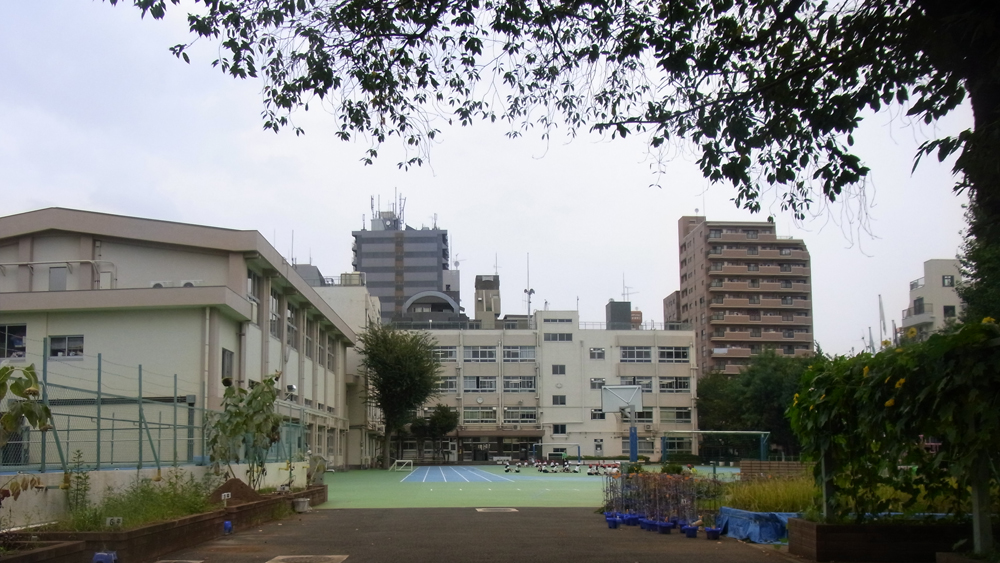
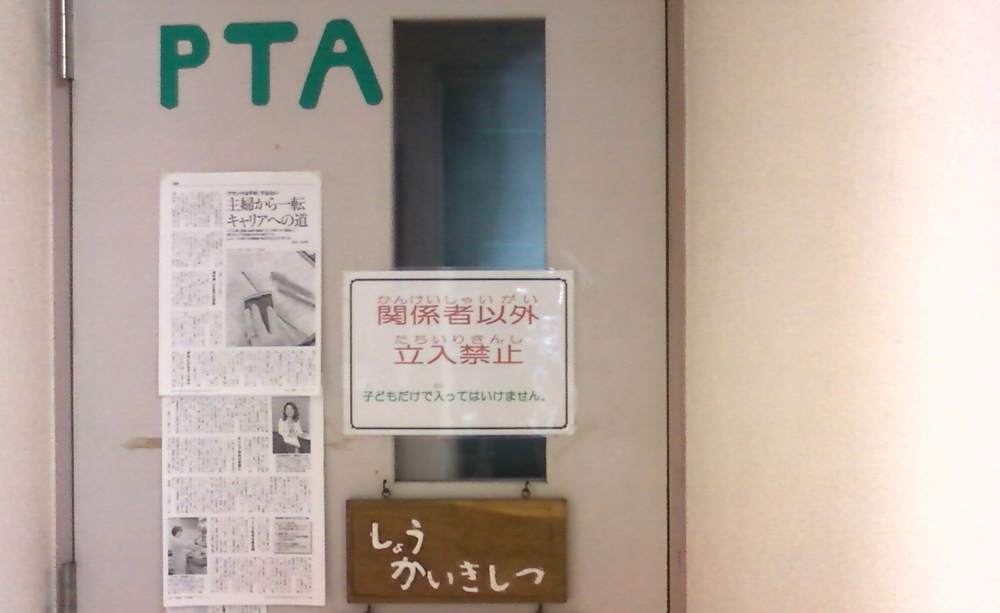
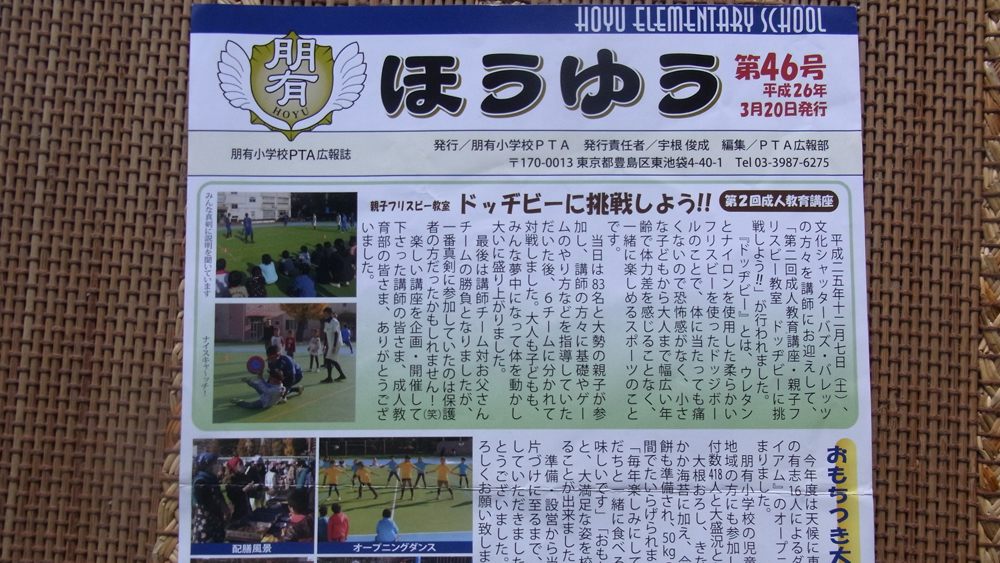
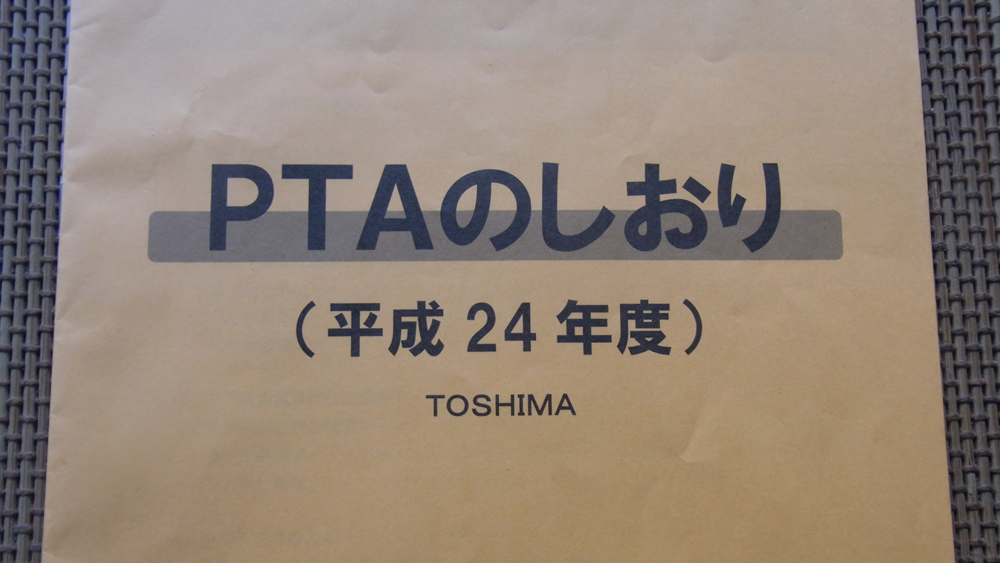
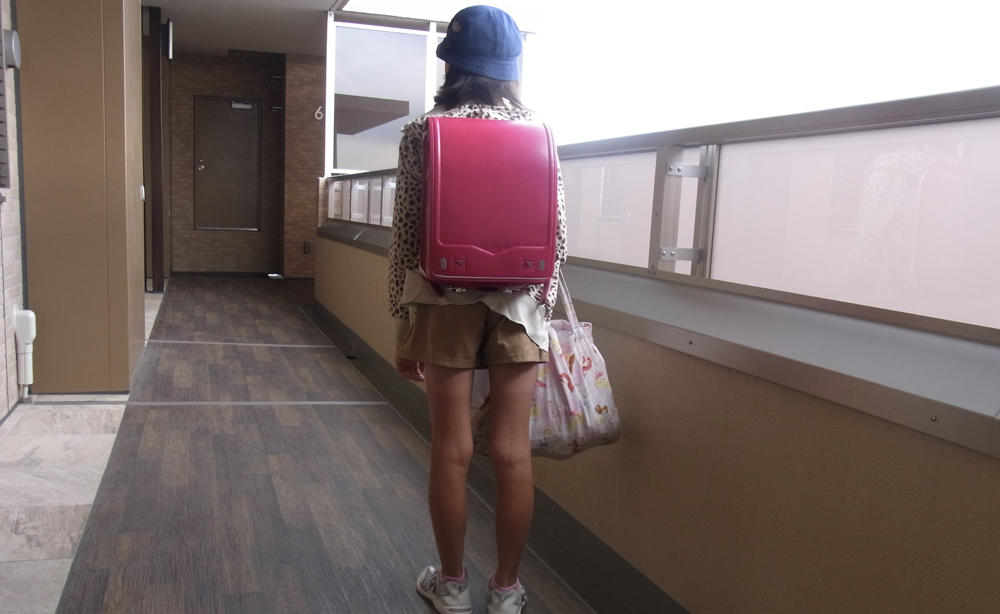
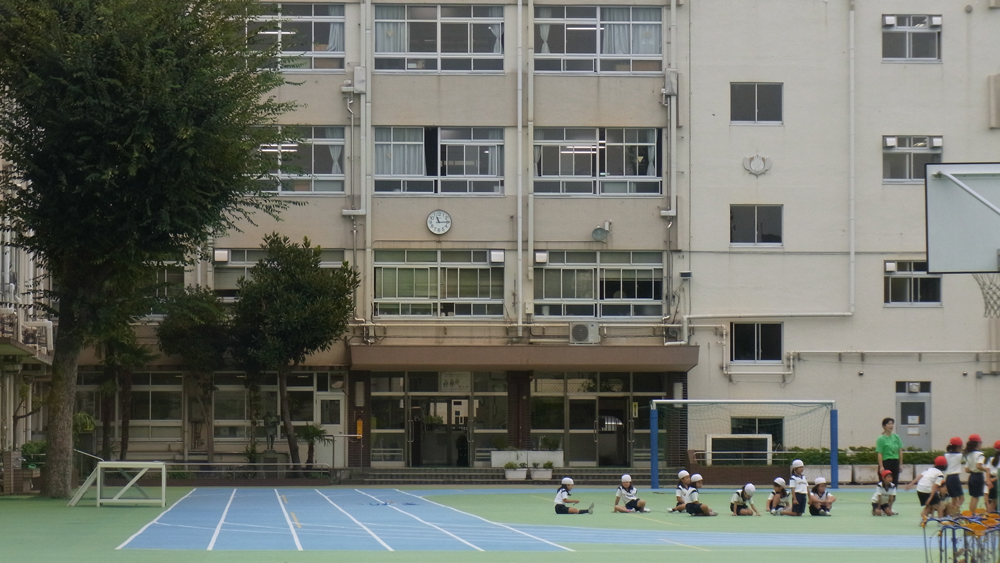
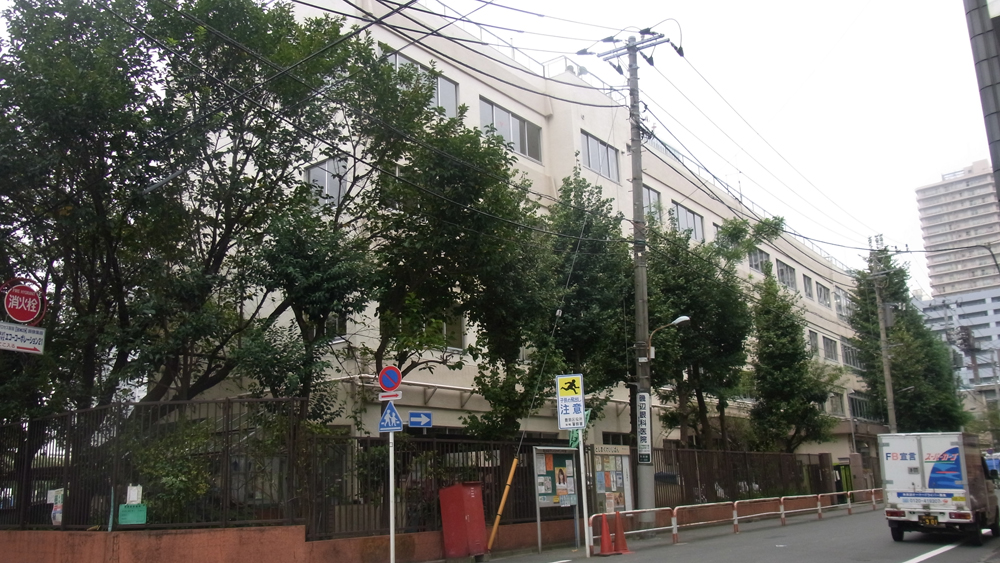
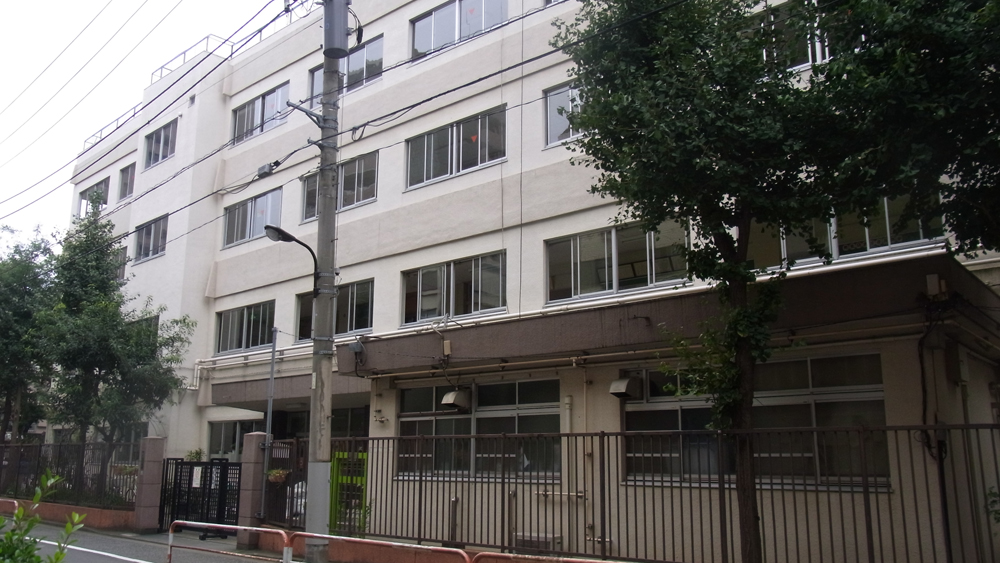













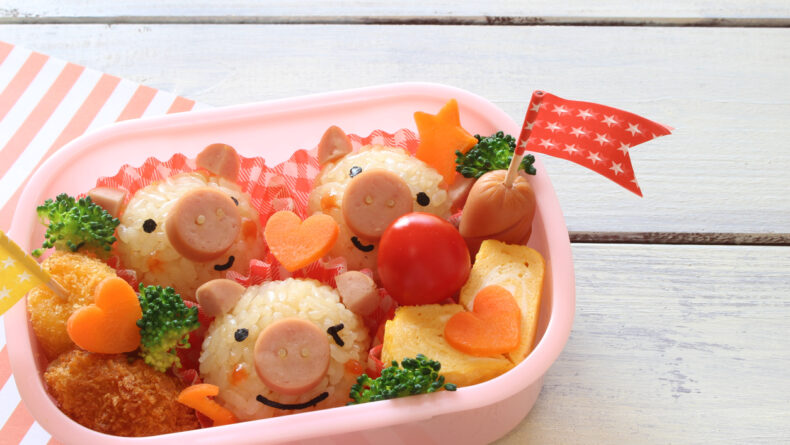

Leave a Reply